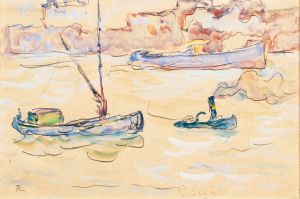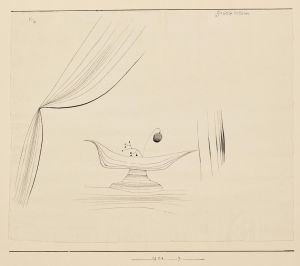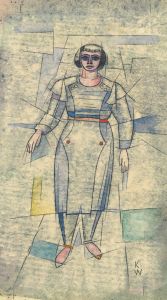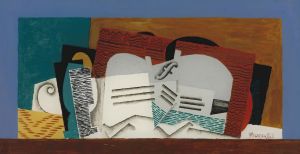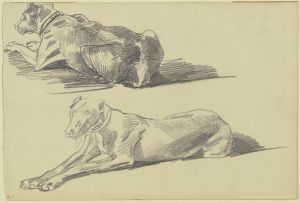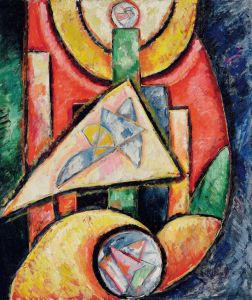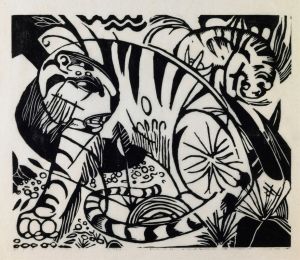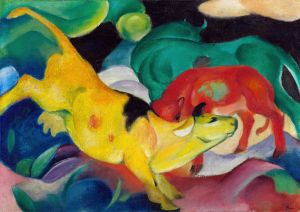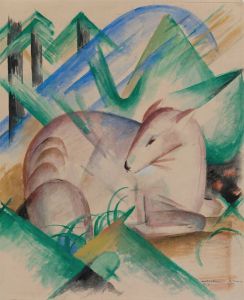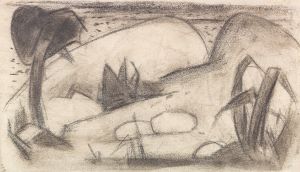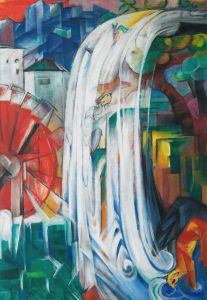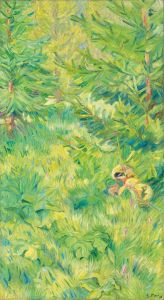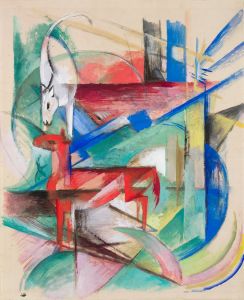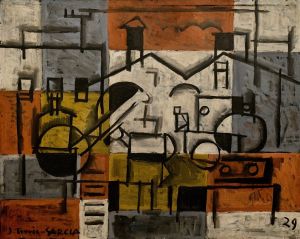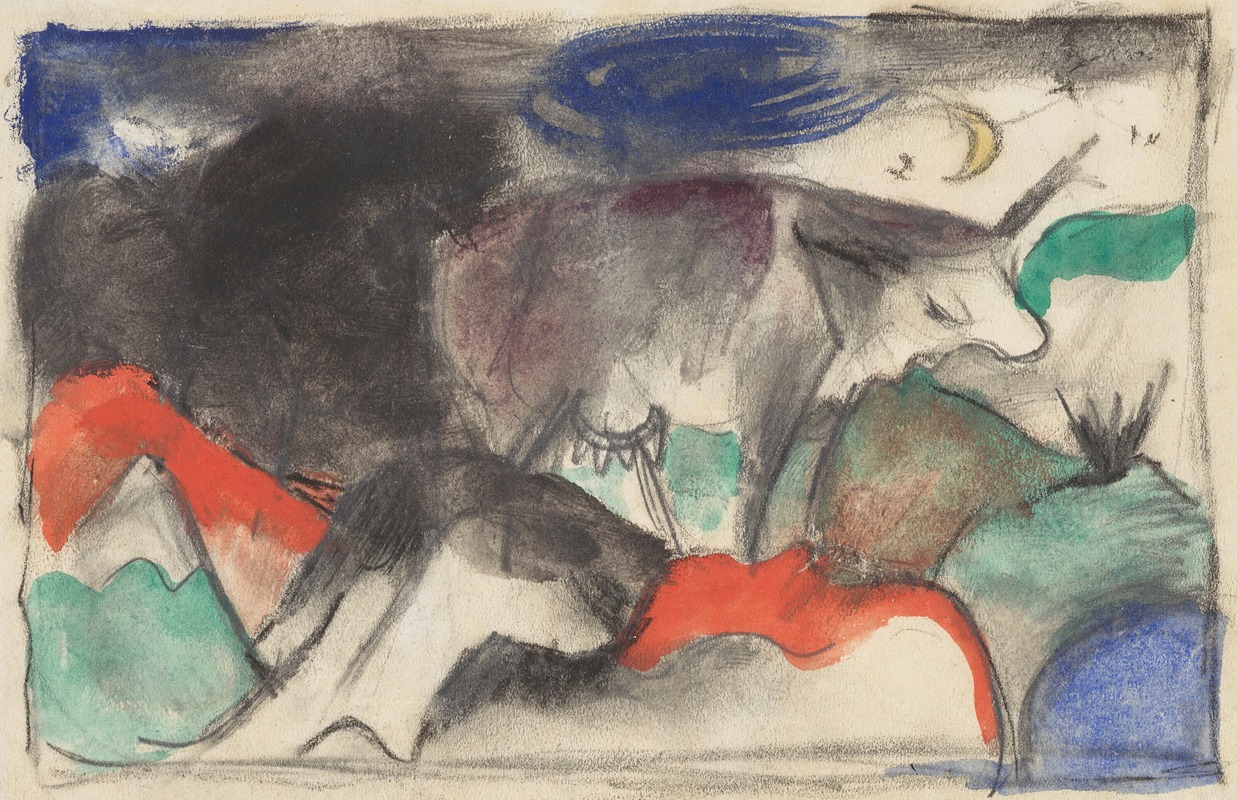
Rotes Rind
A hand-painted replica of Franz Marc’s masterpiece Rotes Rind, meticulously crafted by professional artists to capture the true essence of the original. Each piece is created with museum-quality canvas and rare mineral pigments, carefully painted by experienced artists with delicate brushstrokes and rich, layered colors to perfectly recreate the texture of the original artwork. Unlike machine-printed reproductions, this hand-painted version brings the painting to life, infused with the artist’s emotions and skill in every stroke. Whether for personal collection or home decoration, it instantly elevates the artistic atmosphere of any space.
"Rotes Rind" (Red Cow) is a painting by the German Expressionist artist Franz Marc, created in 1911. Marc was a key figure in the German Expressionist movement and a founding member of the art group Der Blaue Reiter (The Blue Rider), which was established in 1911. This group aimed to express spiritual truths through art and was known for its use of bold colors and abstract forms.
"Rotes Rind" exemplifies Marc's distinctive style and his fascination with animals, which he often depicted in vibrant, non-naturalistic colors. Marc believed that animals were more spiritual and pure than humans, and he sought to capture their essence through his art. The painting features a red cow standing in a landscape, rendered in bright, expressive colors. The use of red for the cow is significant, as Marc often used color symbolically; red could represent physicality and vitality.
The composition of "Rotes Rind" is dynamic, with the cow positioned in a way that suggests movement and energy. The background is composed of abstract shapes and colors, creating a sense of harmony and unity between the animal and its environment. This approach reflects Marc's interest in the interconnectedness of all living things and his desire to convey a sense of the spiritual through his work.
Franz Marc's work, including "Rotes Rind," was influenced by various artistic movements and styles. He was inspired by the Fauves, a group of early 20th-century modern artists known for their bold use of color, as well as by the works of Vincent van Gogh and Paul Gauguin. Marc's interest in color theory and his belief in the emotional and symbolic power of color are evident in "Rotes Rind."
The painting is also notable for its use of form and line. Marc often employed simplified, almost abstract forms to depict his subjects, focusing on their essential qualities rather than realistic details. In "Rotes Rind," the cow is rendered with smooth, flowing lines that emphasize its grace and strength. This stylistic choice aligns with Marc's broader artistic goals of expressing deeper truths and emotions through his work.
"Rotes Rind" is part of a larger body of work in which Franz Marc explored the theme of animals in nature. His paintings often feature horses, deer, and other creatures, depicted in similarly vibrant and expressive ways. Marc's work has been celebrated for its innovative use of color and form, as well as for its spiritual and emotional depth.
Franz Marc's career was tragically cut short when he was killed in action during World War I in 1916. Despite his relatively brief career, his contributions to modern art have had a lasting impact. "Rotes Rind" remains an important example of his artistic vision and his ability to convey profound ideas through his unique approach to color and composition.
Today, "Rotes Rind" is held in various collections and continues to be studied and admired for its artistic and historical significance. It stands as a testament to Franz Marc's talent and his enduring influence on the world of art.





